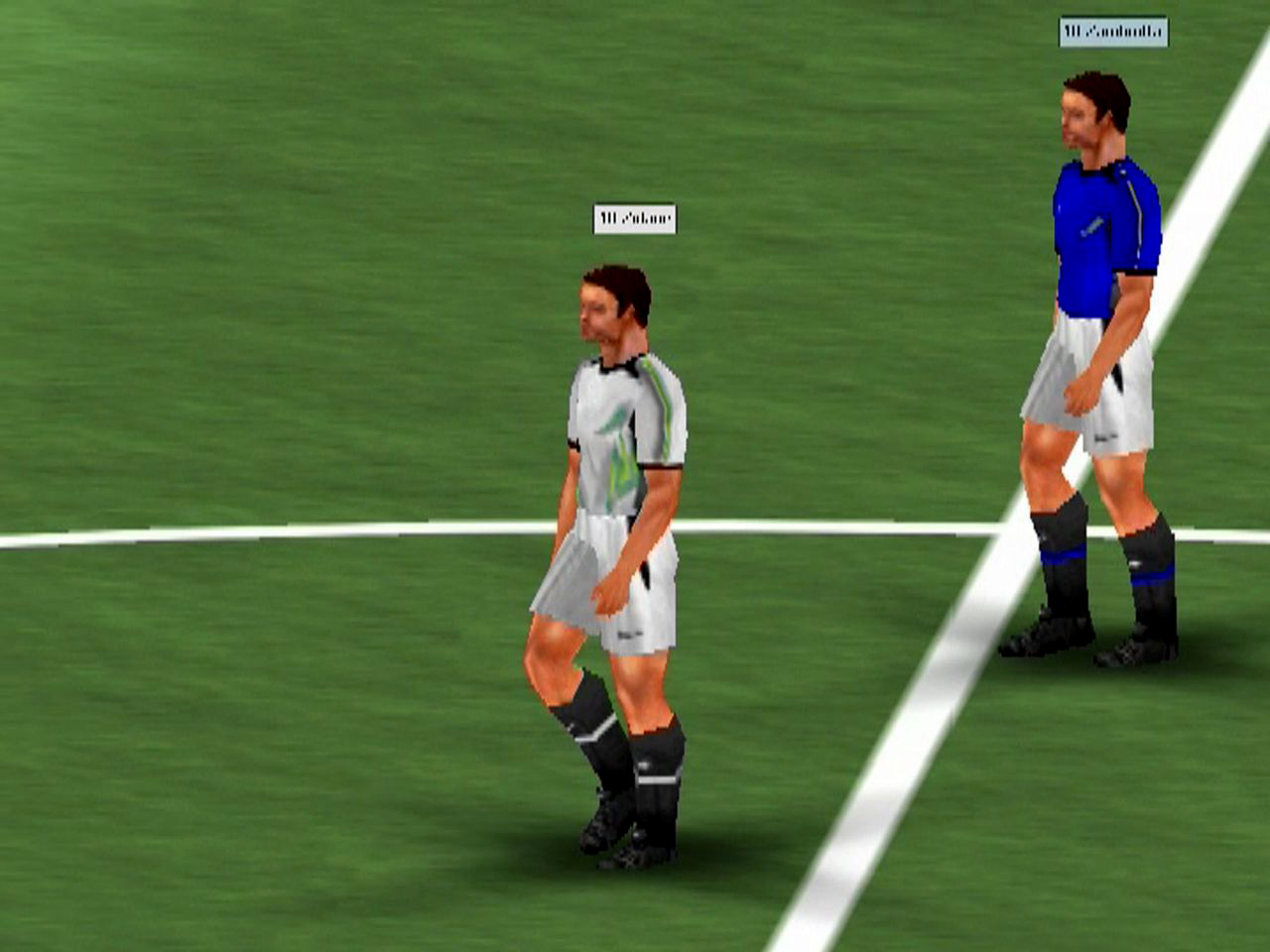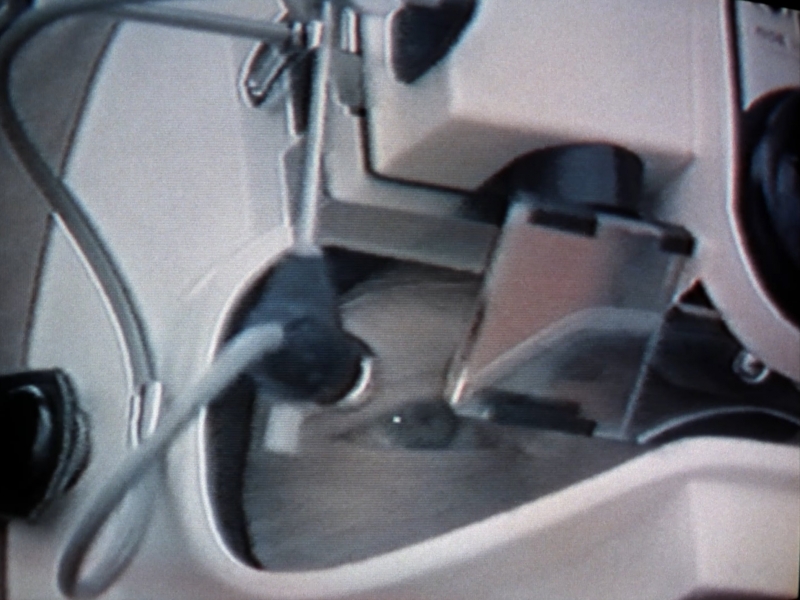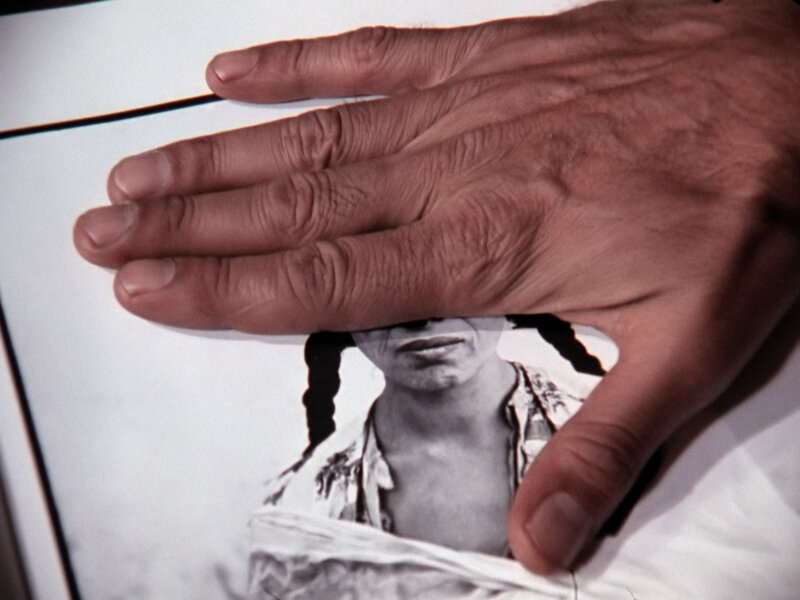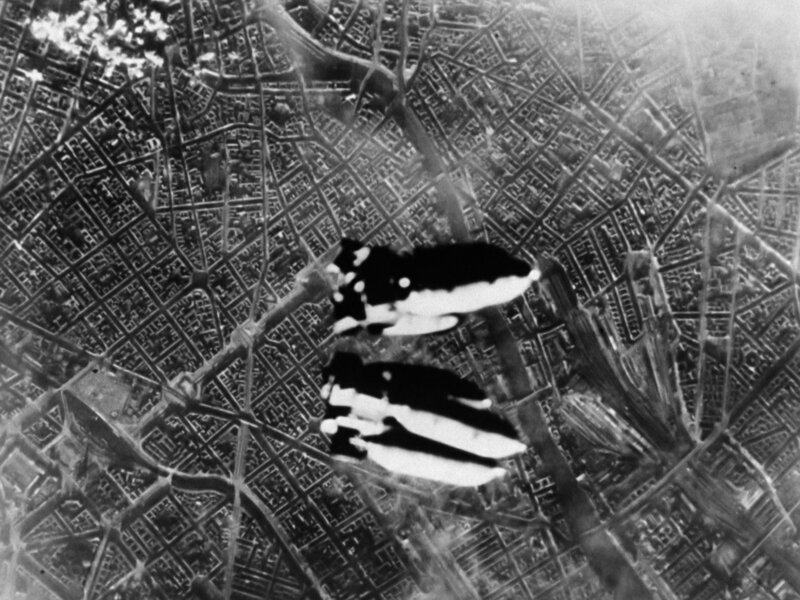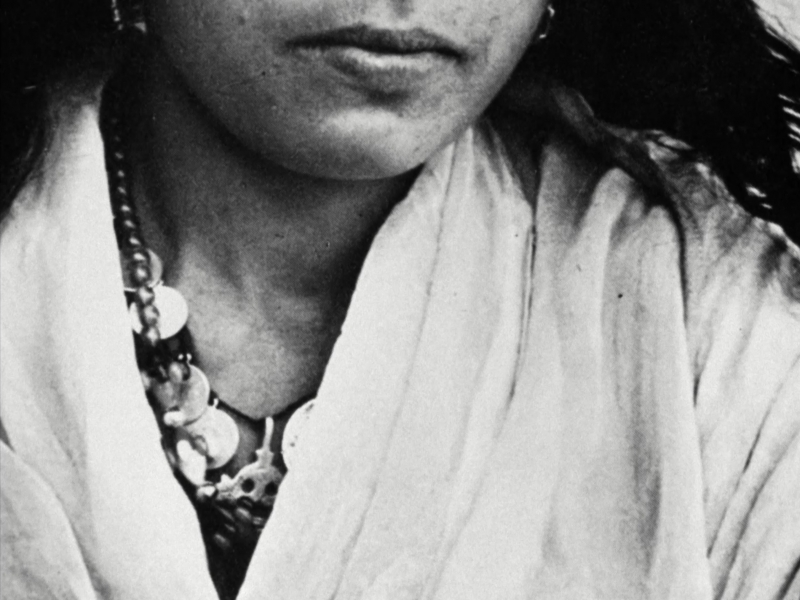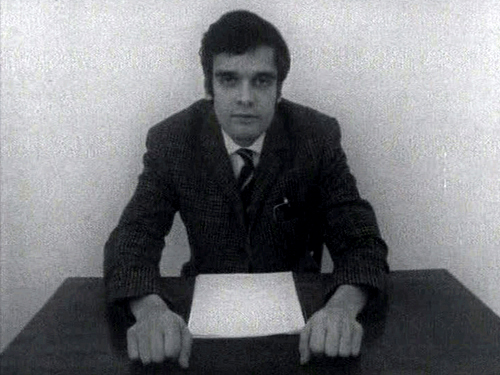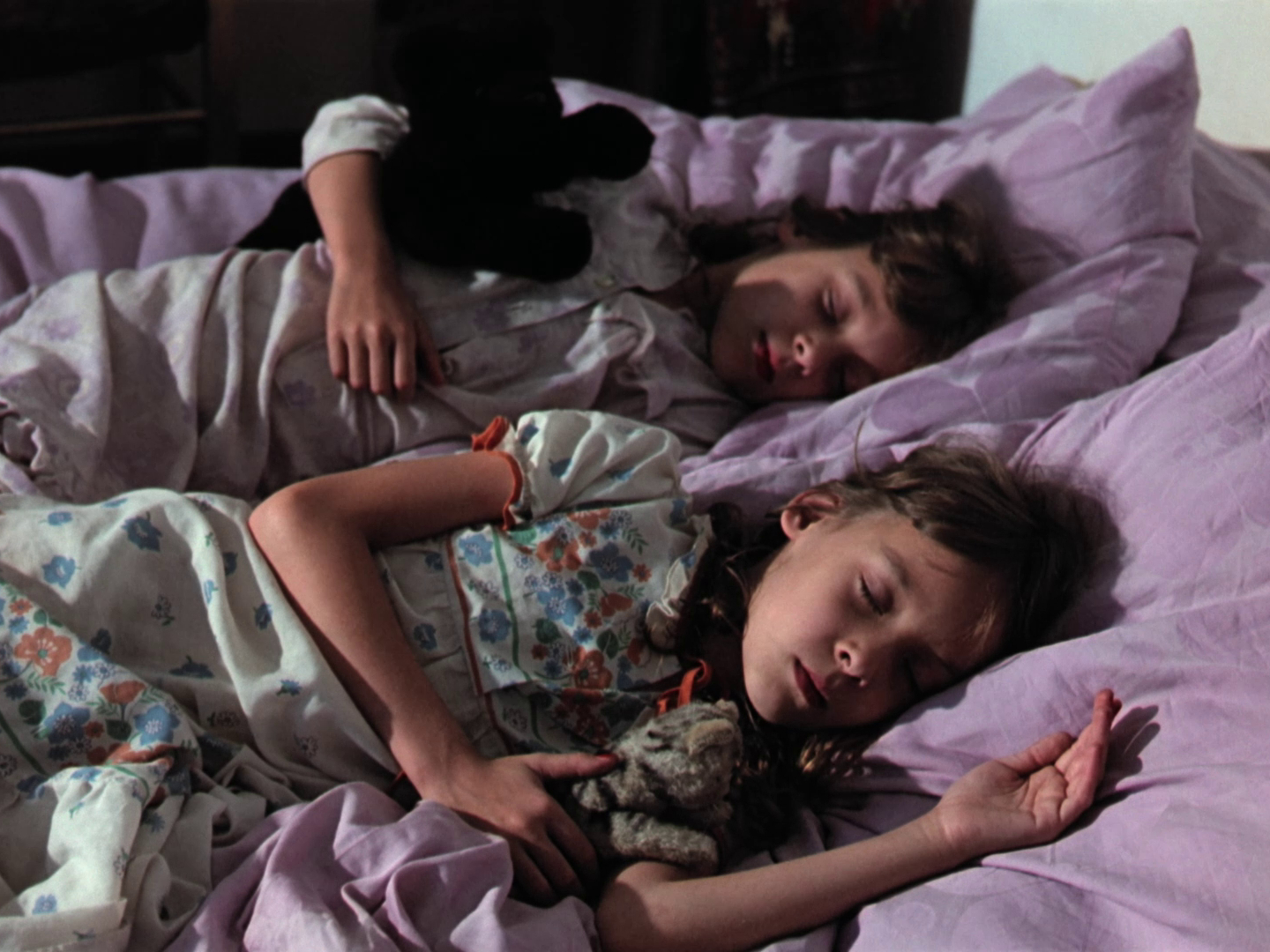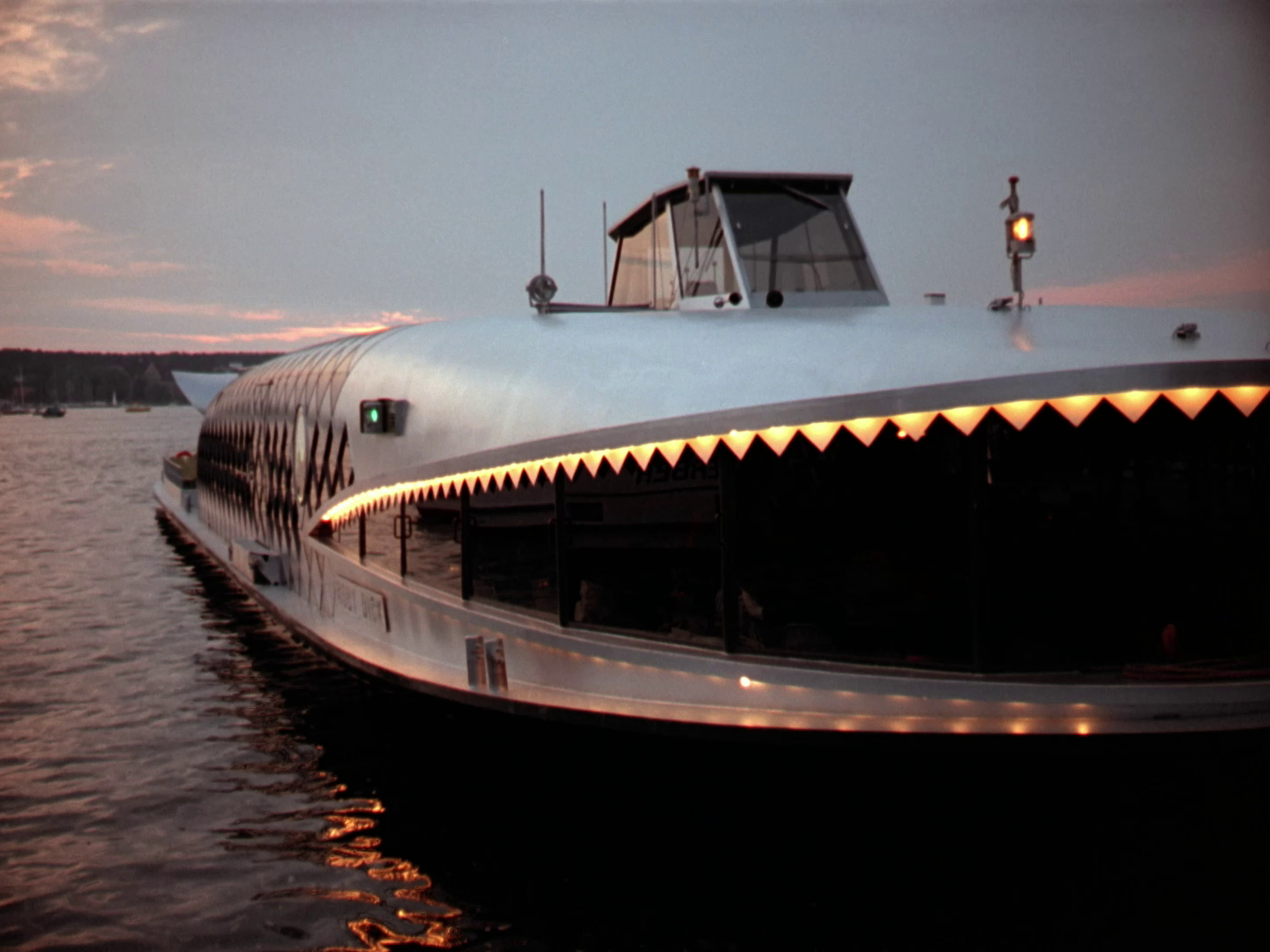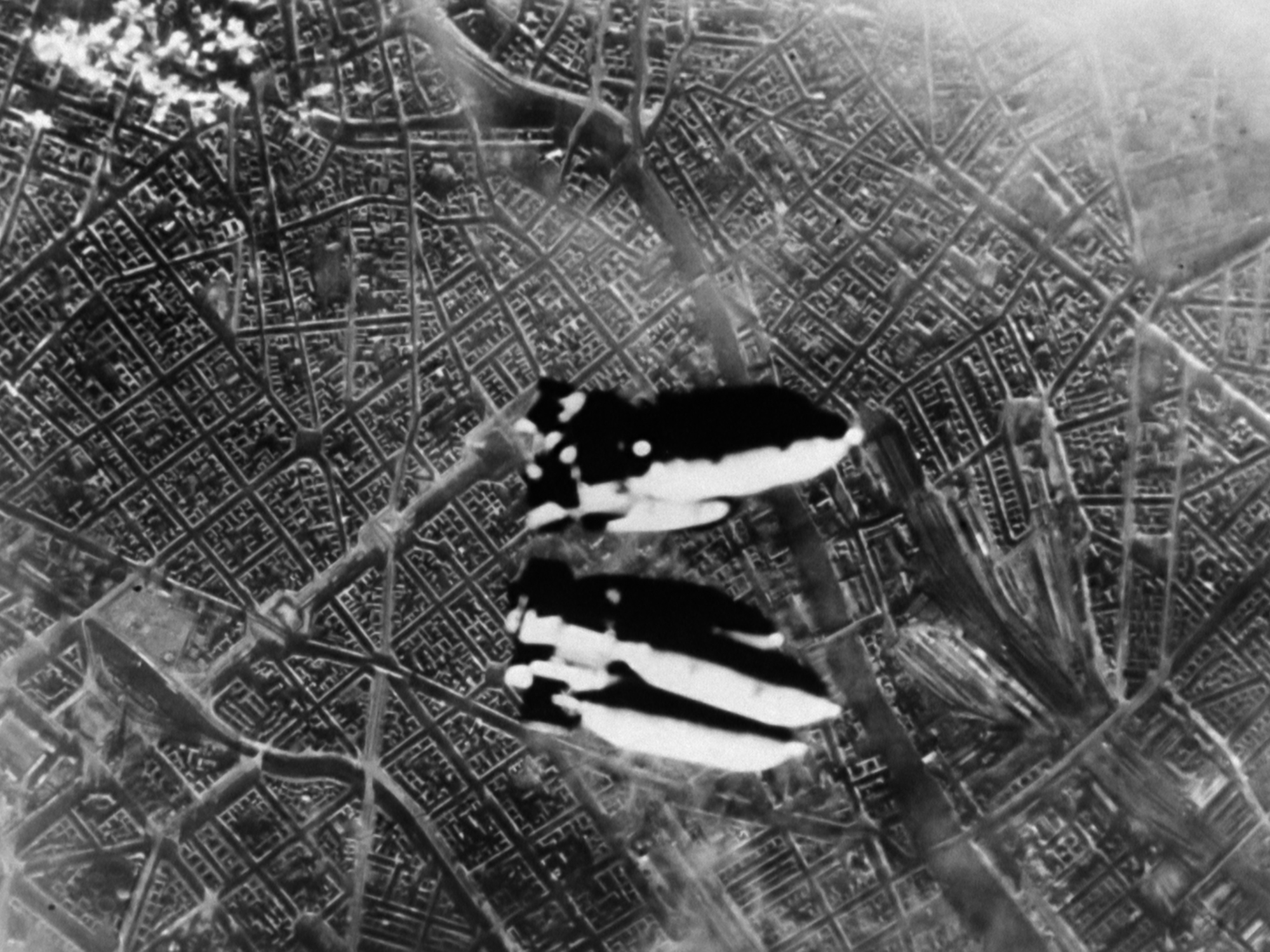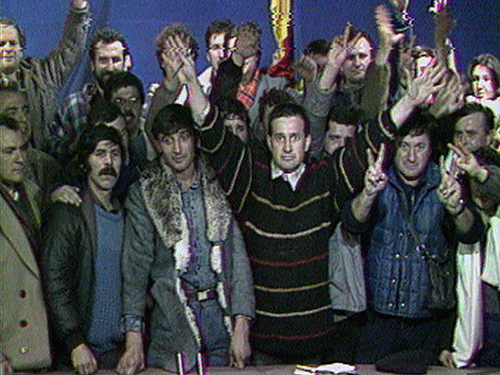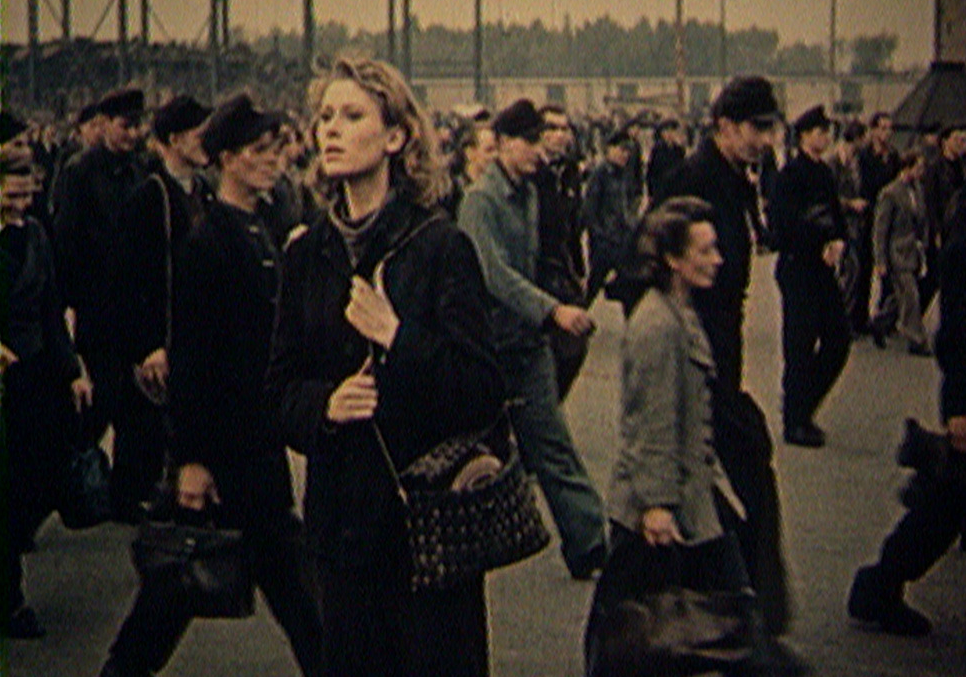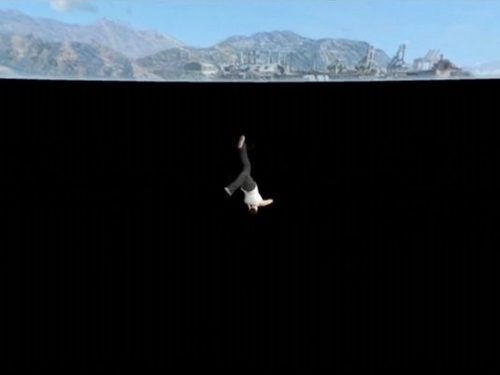Harun Farocki
Reality Would Have to Begin

Harun Farocki (1944-2014) was born as Harun El Usman Faroqhi to a German-Indian family in what is now the Czech Republic. From 1966 to 1968, he studied at the Deutsche Film- und Fernsehakademie Berlin. Between 1974 and 1984, he worked as an editor at the film magazine Filmkritik. He taught at the University of California, Berkeley and later at the art academy of Vienna. He published many articles and reviews, and collaborated with his partner Antje Ehmann on publications, books and exhibitions. His work includes a large number of radio broadcasts, video installations, and more than a hundred films, many of which were made for television. His video work is diverse, although he is best known for essay films such as Zum Vergleich [In Comparison] (2009), Ich glaubte Gefangene zu sehen [I Thought I Was Seeing Convicts] (2004), Auge/Maschine I-III [Eye/Machine I-III] (2001-2003), Arbeiter verlassen die Fabrik [Workers Leaving the Factory] (1995), Bilder der Welt und Inschrift des Krieges (1989) and Nicht löschbares Feuer [The Inextinguishable Fire] (1969). They are often films that are made from existing images, radiating a certain “neutrality”. Farocki’s montage frames the images – generated by instruments of observation, imagination and simulation – in an industrial-military-complex context. Many of his works address the relationship between warfare, capitalism, and representation. His oeuvre expresses a unique vision in which technical images or simulations, photography and cinema are set alongside so-called “reality”.



